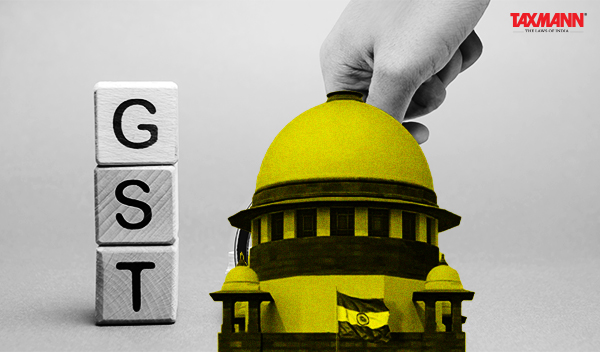ITC Fraud to Be Tried as Warrant Case Under GST | HC
- Blog|News|GST & Customs|
- 2 Min Read
- By Taxmann
- |
- Last Updated on 9 July, 2025

Case Details: Gagandeep Singh v. State of H.P. [2025] 175 taxmann.com 962 (Himachal Pradesh)
Judiciary and Counsel Details
- Rakesh Kainthla, J.
-
Dinesh Singh Rawat & Anil Chauhan, Advs. for the Appellant.
-
Prashant Sen, Dy. Adv. General for the Respondent.
Facts of the Case
The petitioners were accused of availing fraudulent ITC under the CGST Act by using fake invoices from non-existent suppliers. Investigations revealed that the firms shown as suppliers did not exist at the declared addresses, and the vehicles claimed to have transported goods were either fake or unsuitable for such transport. The accused allegedly claimed ITC worth several crores based on these fake transactions. A complaint was filed before the Additional Chief Judicial Magistrate (ACJM), Kasauli, who summoned the accused and listed the matter for pre-charge evidence.
The petitioners sought quashing of the complaint, arguing that the GST Acts are silent on the procedure for investigation and trial, and that the application of the Code of Criminal Procedure (Cr.P.C.) was not justified. They also contended that the investigation was prejudicial and the proceedings amounted to an abuse of process. The State, on the other hand, argued that the provisions of the Cr.P.C. do apply to GST proceedings unless specifically excluded, and that the trial court was correct in treating the matter as a warrant case and ordering pre-charge evidence.
High Court Held
The Himachal Pradesh High Court held that the provisions of the Cr.P.C. do apply to proceedings under the GST Acts unless expressly excluded. Since Section 132 of the GST Act provides for imprisonment up to five years, the case qualifies as a warrant case (offences punishable with more than two years’ imprisonment). The court found no error in the trial court’s order to proceed with pre-charge evidence as per Section 244 of the Cr.P.C. The court also rejected the argument that the investigation was vitiated due to departmental officials conducting it, holding that such issues do not warrant quashing the complaint at this stage. The petition was dismissed, and the trial was allowed to proceed.
List of Cases Referred to
- Mukesh Singh v. State (Narcotic Branch of Delhi) AIR 2020 SC 4794 (para 7)
- B.N. John v. State of U.P. 2025 SCC OnLine SC 7 (para 10)
- Ajay Malik v. State of Uttarakhand 2025 SCC OnLine SC 185 (para 11)
- Radhika Agarwal v. Union of India [2025] 171 taxmann.com 832/95 GSTL 225 (SC) (para 13).
Disclaimer: The content/information published on the website is only for general information of the user and shall not be construed as legal advice. While the Taxmann has exercised reasonable efforts to ensure the veracity of information/content published, Taxmann shall be under no liability in any manner whatsoever for incorrect information, if any.

Taxmann Publications has a dedicated in-house Research & Editorial Team. This team consists of a team of Chartered Accountants, Company Secretaries, and Lawyers. This team works under the guidance and supervision of editor-in-chief Mr Rakesh Bhargava.
The Research and Editorial Team is responsible for developing reliable and accurate content for the readers. The team follows the six-sigma approach to achieve the benchmark of zero error in its publications and research platforms. The team ensures that the following publication guidelines are thoroughly followed while developing the content:
- The statutory material is obtained only from the authorized and reliable sources
- All the latest developments in the judicial and legislative fields are covered
- Prepare the analytical write-ups on current, controversial, and important issues to help the readers to understand the concept and its implications
- Every content published by Taxmann is complete, accurate and lucid
- All evidence-based statements are supported with proper reference to Section, Circular No., Notification No. or citations
- The golden rules of grammar, style and consistency are thoroughly followed
- Font and size that’s easy to read and remain consistent across all imprint and digital publications are applied



 CA | CS | CMA
CA | CS | CMA
